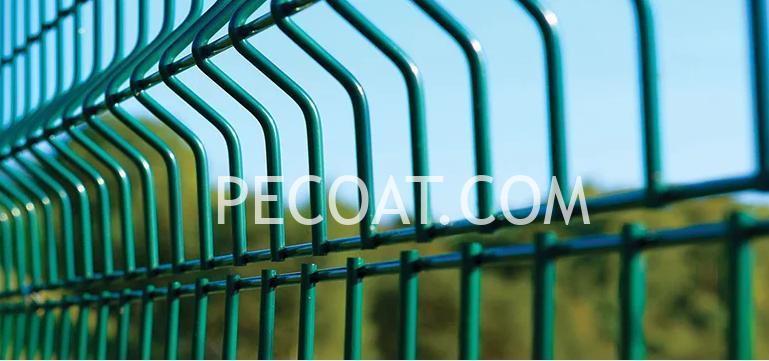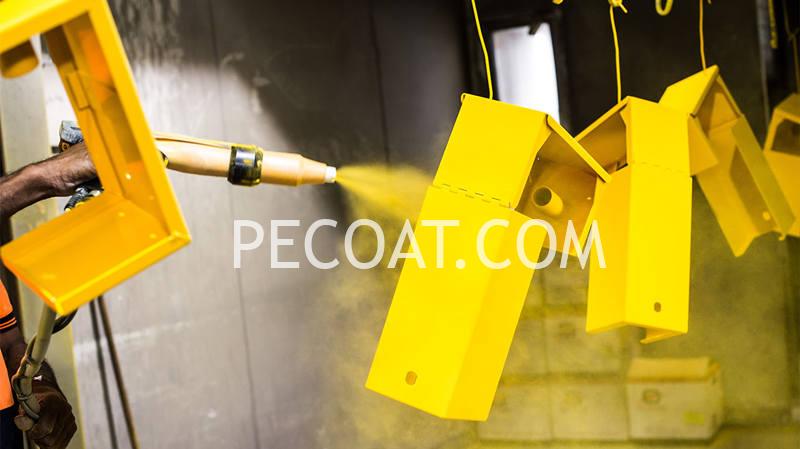What is the difference between thermoplastics and thermosets

Thermoplastics and thermosets are two types of polymers that have distinct properties and behaviors. The main difference between the two lies in their response to heat and their ability to be reshaped. In this article, we will explore the differences between thermoplastics and thermosets in detail.
Thermoplastics
Thermoplastics are polymers that can be melted and reshaped multiple times without undergoing any significant chemical change. They have a linear or branched structure, and their polymer chains are held together by weak intermolecular forces. When heated, thermoplastics soften and become more malleable, allowing them to be molded into different shapes. Examples of thermoplastics include polyethylene, polypropylene, and polystyrene.
Response to Heat
Thermoplastics soften when heated and can be reshaped. This is because the weak intermolecular forces holding the polymer chains together are overcome by the heat, allowing the chains to move more freely. As a result, thermoplastics can be melted and reshaped multiple times without undergoing any significant chemical change.
Reversibility
Thermoplastics can be melted and reshaped multiple times. This is because the polymer chains are not chemically bonded to each other, and the intermolecular forces holding them together are weak. When the thermoplastic is cooled, the chains re-solidify, and the intermolecular forces are re-established.
Chemical Structure
Thermoplastics have a linear or branched structure, with weak intermolecular forces holding their polymer chains together. The chains are not chemically bonded to each other, and the intermolecular forces are relatively weak. This allows the chains to move more freely when heated, making the thermoplastic more malleable.
Mechanical Properties
Thermoplastics generally have lower strength and stiffness compared to thermosets. This is because the polymer chains are not chemically bonded to each other, and the intermolecular forces holding them together are weak. As a result, thermoplastics are more flexible and have a lower modulus of elasticity.
Applications
Thermoplastics are commonly used in products that require flexibility, such as packaging materials, pipes, thermoplastic coatings and automotive components. They are also used in applications that require transparency, such as food packaging and medical devices.

Thermosets
Thermoset polymers undergo a chemical reaction during curing, which irreversibly transforms them into a hardened, crosslinked state. This process is known as crosslinking or curing, and it is typically triggered by heat, pressure, or the addition of a curing agent. Once cured, thermosets cannot be melted or reshaped without undergoing significant degradation. Examples of thermosets include epoxy, phenolic, and polyester resins.
Response to Heat
Thermosets undergo a chemical reaction during curing, which irreversibly transforms them into a hardened, crosslinked state. This means that they do not soften when heated and cannot be reshaped. Once cured, thermosets are permanently hardened and cannot be melted or reshaped without undergoing significant degradation.
Reversibility
Thermosets cannot be re-melted or reshaped after curing. This is because the chemical reaction that occurs during curing irreversibly transforms the polymer chains into a hardened, crosslinked state. Once cured, the thermoset is permanently hardened and cannot be melted or reshaped without undergoing significant degradation.
Chemical Structure
Thermosets have a crosslinked structure, with strong covalent bonds between polymer chains. The chains are chemically bonded to each other, and the intermolecular forces holding them together are strong. This makes the thermoset more rigid and less flexible than a thermoplastic.
Mechanical Properties
Thermosets, once cured, exhibit excellent dimensional stability, high strength, and resistance to heat and chemicals. This is because the crosslinked structure of the thermoset provides a high degree of rigidity and strength. The strong covalent bonds between the polymer chains also make the thermoset more resistant to heat and chemicals.
Applications
Thermosets are used in applications that demand high strength and durability, such as aircraft parts, electrical insulators, and composite materials. They are also used in applications that require resistance to heat and chemicals, such as coatings, adhesives, and sealants.

Comparison of Thermoplastics and Thermosets
The differences between thermoplastics and thermosets can be summarized as follows:
- 1. Response to heat: Thermoplastics soften when heated and can be reshaped, while thermosets undergo a chemical reaction and become permanently hardened.
- 2. Reversibility: Thermoplastics can be melted and reshaped multiple times, while thermosets cannot be re-melted or reshaped after curing.
- 3. Chemical structure: Thermoplastics have a linear or branched structure, with weak intermolecular forces holding their polymer chains together. Thermosets have a crosslinked structure, with strong covalent bonds between polymer chains.
- 4. Mechanical properties: Thermoplastics generally have lower strength and stiffness compared to thermosets. Thermosets, once cured, exhibit excellent dimensional stability, high strength, and resistance to heat and chemicals.
- 5. Applications: Thermoplastics are commonly used in products that require flexibility, such as packaging materials, pipes, and automotive components. Thermosets are used in applications that demand high strength and durability, such as aircraft parts, electrical insulators, and composite materials.
Conclusion
In conclusion, thermoplastics and thermosets are two types of polymers that have distinct properties and behaviors. The main difference between the two lies in their response to heat and their ability to be reshaped. Thermoplastics can be melted and reshaped multiple times without undergoing any significant chemical change, while thermosets undergo a chemical reaction during curing, which irreversibly transforms them into a hardened, crosslinked state. Understanding the differences between thermoplastics and thermosets is important for selecting the appropriate material for a given application.

Leave a Reply